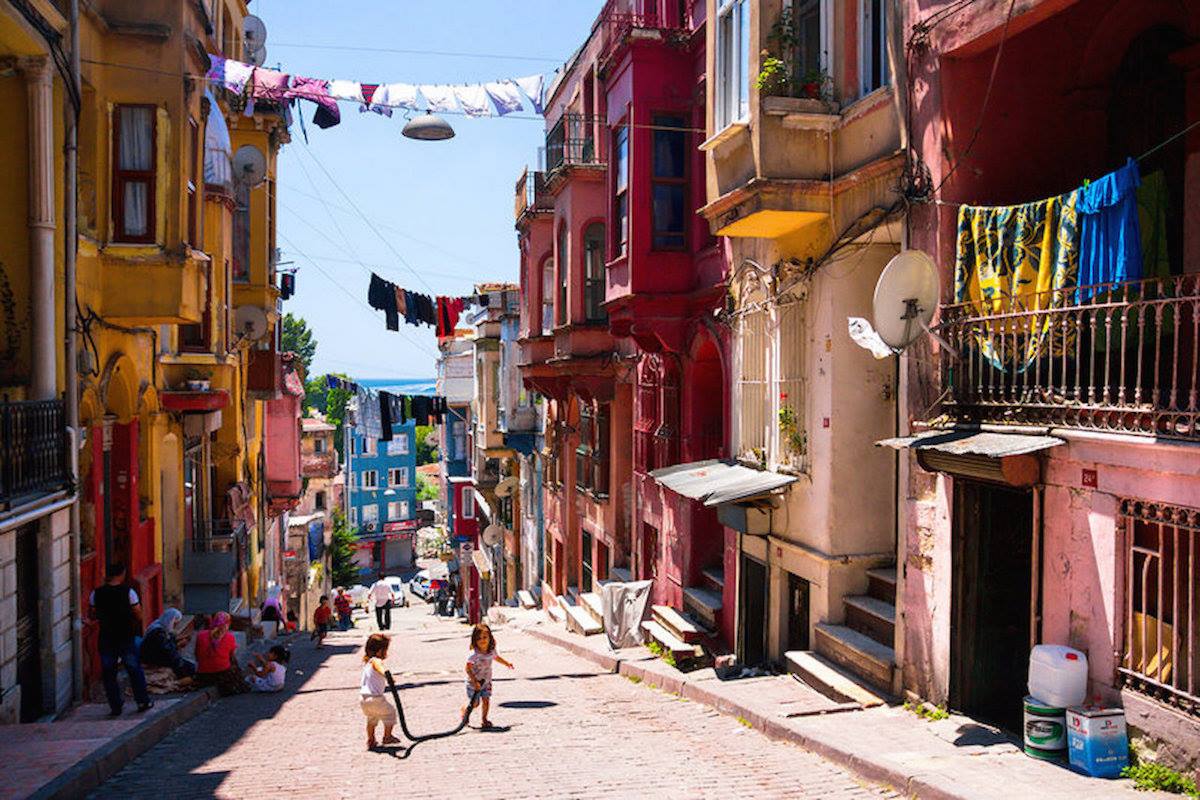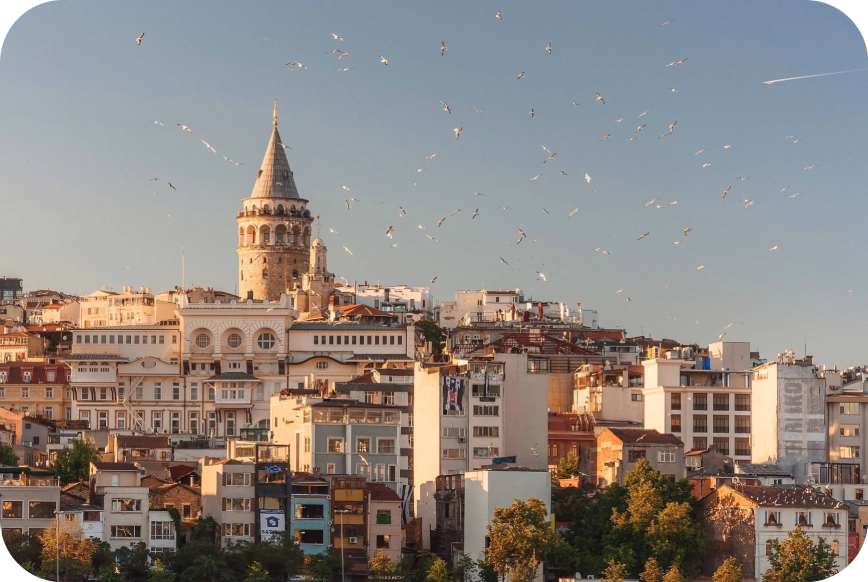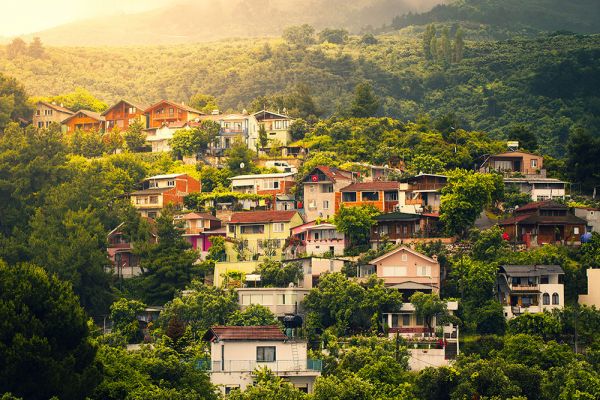Fener-Balat-Ayvansaray by Walk Tour

Price
Duration
Meeting Point
Include
-Entrance Fees
-Professional Tourist Guide
Exclude
-Pick up service is subject to extra payment.
About Tour
Fener, Balat, and Ayvansaray are adjacent neighborhoods situated on the same axis. Nowhere else in the world can you find such a rich cultural diversity gathered in one place. In this area, you can observe and capture Istanbul’s multicultural identity at its finest. In the past, Istanbul’s Greek Orthodox and Jewish citizens predominantly lived in these neighborhoods until the early years of the Turkish Republic. Therefore, you will explore traces of the cultural heritage created by these cultures and eras in harmony with Turkish-Islamic culture. These neighborhoods still host a wealth of historical sites, houses, churches, synagogues, mosques, schools, street flavors, cafes, and restaurants, all contributing to the historical and cultural heritage of these neighborhoods.
Travel Programme
- We begin our tour by meeting at Kadir Has University.
- Kadir Has University is housed in a special building that was formerly a tobacco factory, and it also includes the Rezan Has Museum.
- Gul Mosque (“Church of St. Theodosia”) – The so-called “Church of St. Theodosia,” known today as Gul Mosque, was a Byzantine church located in the Dexiokratous district near the city walls of Constantinople.
- St. George’s Church (Church of St. George) is the main Eastern Orthodox cathedral in Istanbul. St. George’s Church has been the headquarters of the Ecumenical Patriarchate of Constantinople (the senior patriarchate of the Greek Orthodox Church, the spiritual leader of Eastern Orthodox Christians worldwide) since 1600. Even if you are not Greek Orthodox, you can light a candle and make a wish here.
- Bulgarian St. Stephen Church, also known as the Bulgarian Iron Church, is an Orthodox church in Balat, Istanbul. It is famous for being constructed from prefabricated cast iron elements in the Neo-Gothic style. The church belongs to the Bulgarian minority in the city.
- Fener Greek Orthodox College: Known as the oldest standing Greek school in Istanbul, the Private Fener Greek High School is located in Fener. The school was founded in 1454.
- The Church of St. Mary of the Mongols – Known as “Kanlı Kilise” (Bloody Church) in Turkish, is an Eastern Orthodox church in Istanbul.
- Kantemir House – Once a palace belonging to Moldavian Prince Dimitrie Cantemir, this historical building is located on the grounds of the present-day Ortaköy Mosque. Dimitri Cantemir is famous for his contributions to classical Turkish music.
- Ahrida Synagogue – Dating back to the 1430s, the Ahrida Synagogue was built by the Romaniotes (Macedonian Jews). It was restored in 1992 by the 500th Year Foundation to commemorate the 500th anniversary of the arrival of Sephardic Jews in the Ottoman Empire. The synagogue is known for its boat-shaped tevah (a reading platform, similar to a bimah in Ashkenazi congregations).
- Tur-i Sina Monastery (Church of John the Baptist) – Like many Orthodox churches in Istanbul, the Tur-i Sina Monastery does not belong to the Fener Patriarchate but rather to the Sinai Consulate. It is a metochion (monastic establishment) of the Monastery of St. Catherine on Mount Sinai. The construction of this church was requested by a monk who helped Yavuz Sultan Selim during his campaign in the Sinai Desert.
- Surp Hıreşdagabet Armenian Church – Given to the Armenians after the conquest of Istanbul in 1453, this church was originally a Greek church.
- Blachernae Church of St. Mary and Holy Spring – The Blachernae district was an area of Constantinople, and it was known for its importance in Eastern Christianity. It was the holy water place of Eastern Christianity, and many significant churches were built here. The most famous of these is the Church of St. Mary (Panagia Blacherniotissa), which was initially built around 450 by Empress Pulcheria, expanded by Emperor Leo, and renovated by Emperor Justinian in the 6th century.
- Today, this area is known as Ayvansaray. The holy spring associated with Mary is still visited. The term “ayazma” derives from the Greek word “hagiasma,” meaning “holy water.”
- In addition to historical and cultural sites and structures, the region also offers a selection of places where you can taste Mediterranean cuisine at its best, including Agora Meyhanesi, Forno, Balat Sahil Restaurant, Balat İşkembecisi, among others.




